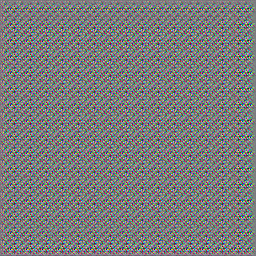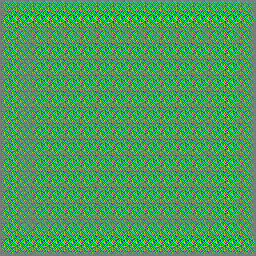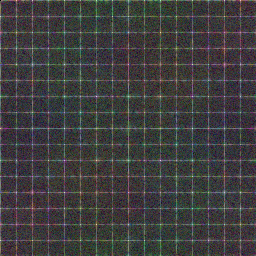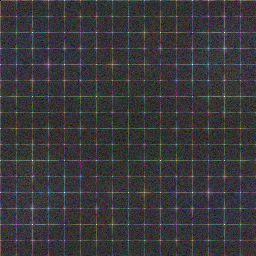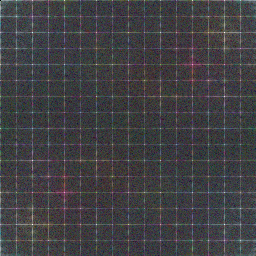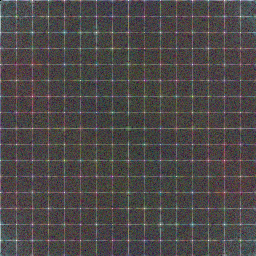arXiv Project Page Test Dataset
The generation of high-quality images has become widely accessible and is a rapidly evolving process. As a result, anyone can generate images that are indistinguishable from real ones. This leads to a wide range of applications, including malicious usage with deceptive intentions. Despite advances in detection techniques for generated images, a robust detection method still eludes us. Furthermore, model personalization techniques might affect the detection capabilities of existing methods. In this work, we utilize the architectural properties of convolutional neural networks (CNNs) to develop a new detection method. Our method can detect images from a known generative model and enable us to establish relationships between fine-tuned generative models. We tested the method on images produced by both Generative Adversarial Networks (GANs) and recent large text-to-image models (LTIMs) that rely on Diffusion Models. Our approach outperforms others trained under identical conditions and achieves comparable performance to state-of-the-art pre-trained detection methods on images generated by Stable Diffusion and MidJourney, with significantly fewer required train samples.
Fingerprints in Image Space
Fingerprints in Fourier Space
This project was tested using Python 3.10 with a GPU. However, it is not necessary to have a GPU for the evaluation
process.
The required dependencies are specified in the requirements.txt file.
After setting up the repository you may train the model or reproduce experiments. We provide code for three experiments as described below.
To reproduce the artifacts with a gray image, simply run blank_experiment.py with the default parameters.
An output directory will be created where you can find the reconstruction in both image space and Fourier space.
Example:
python blank_experment.py
To run train_dif.py, you need to specify the data directory and the model directory.
The data directory should include two subdirectories: 0_real and 1_fake, for real and fake images, respectively. The
model directory will be used to store the extracted fingerprints.
Example for Dall•E-2 model:
python train_dif.py data_root/dalle_2 checkpoint_directory/dalle_2
We included extracted fingerprints of LTIMs and GAN models described in the paper.
In both cases models were trained with 1024 samples. In addition, we provide 20 samples of images per each model
in /data folder
To reproduce the results per model run eval_dif.py and specify fingerprint directory and data directory.
Example for Dall•E-2 model:
python eval_dif.py checks/dalle_2 data_root/dalle_2 0
data_root refers to folder which contain sub-folders for each generative model.
The expected accuracy values (%) are below:
| SD 1.4 | SD 2.1 | MJ | Dall•E-Mini | GLIDE | Dall•E-2 | CycleGAN | StyleGAN | StyleGAN2 | StarGAN | BigGAN | GauGAN | ProGAN |
|---|---|---|---|---|---|---|---|---|---|---|---|---|
| 99.3 | 89.5 | 99.0 | 99.0 | 90.3 | 79.5 | 94.4 | 91.5 | 99.9 | 96.9 | 91.8 | 92.6 | 57.7 |

